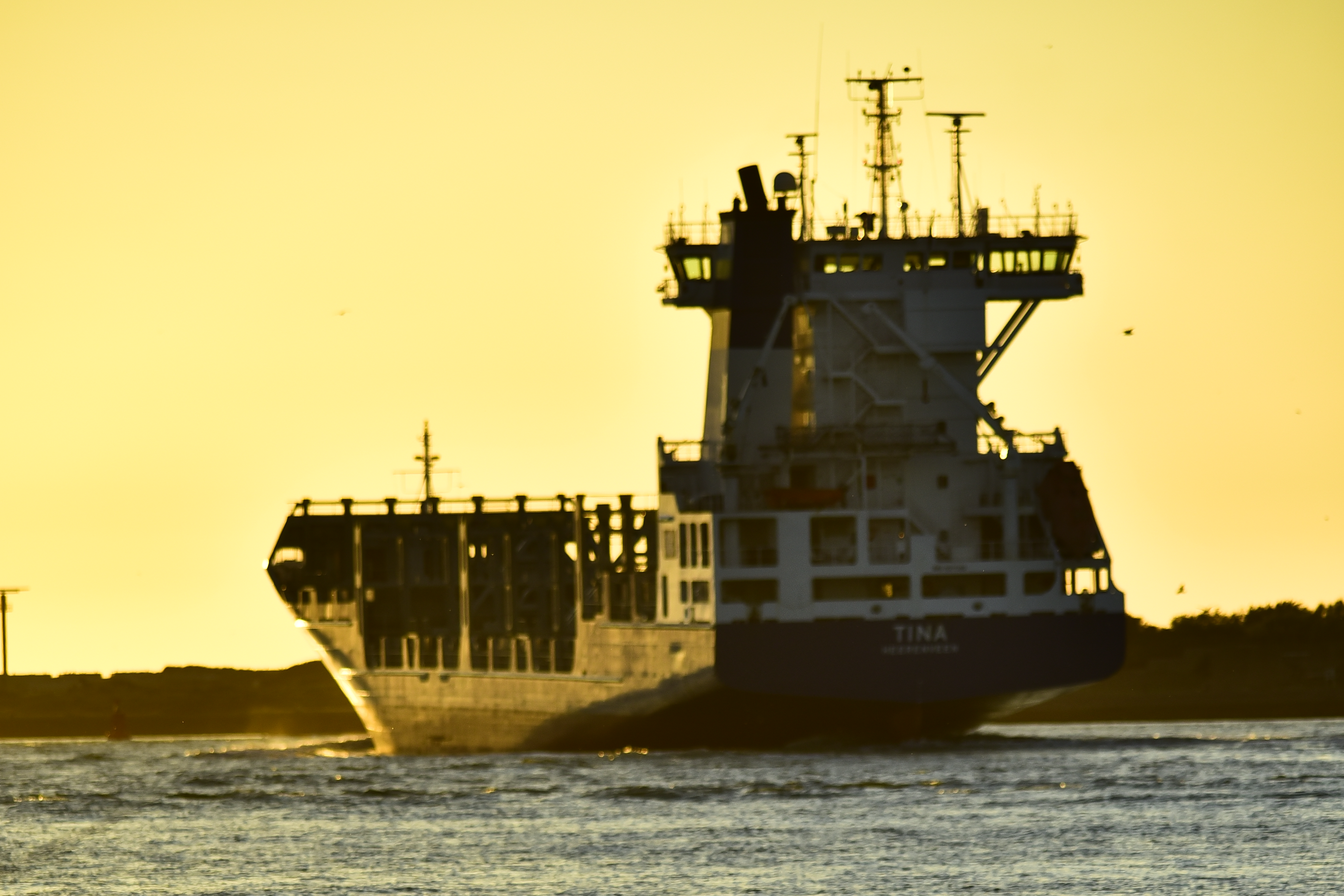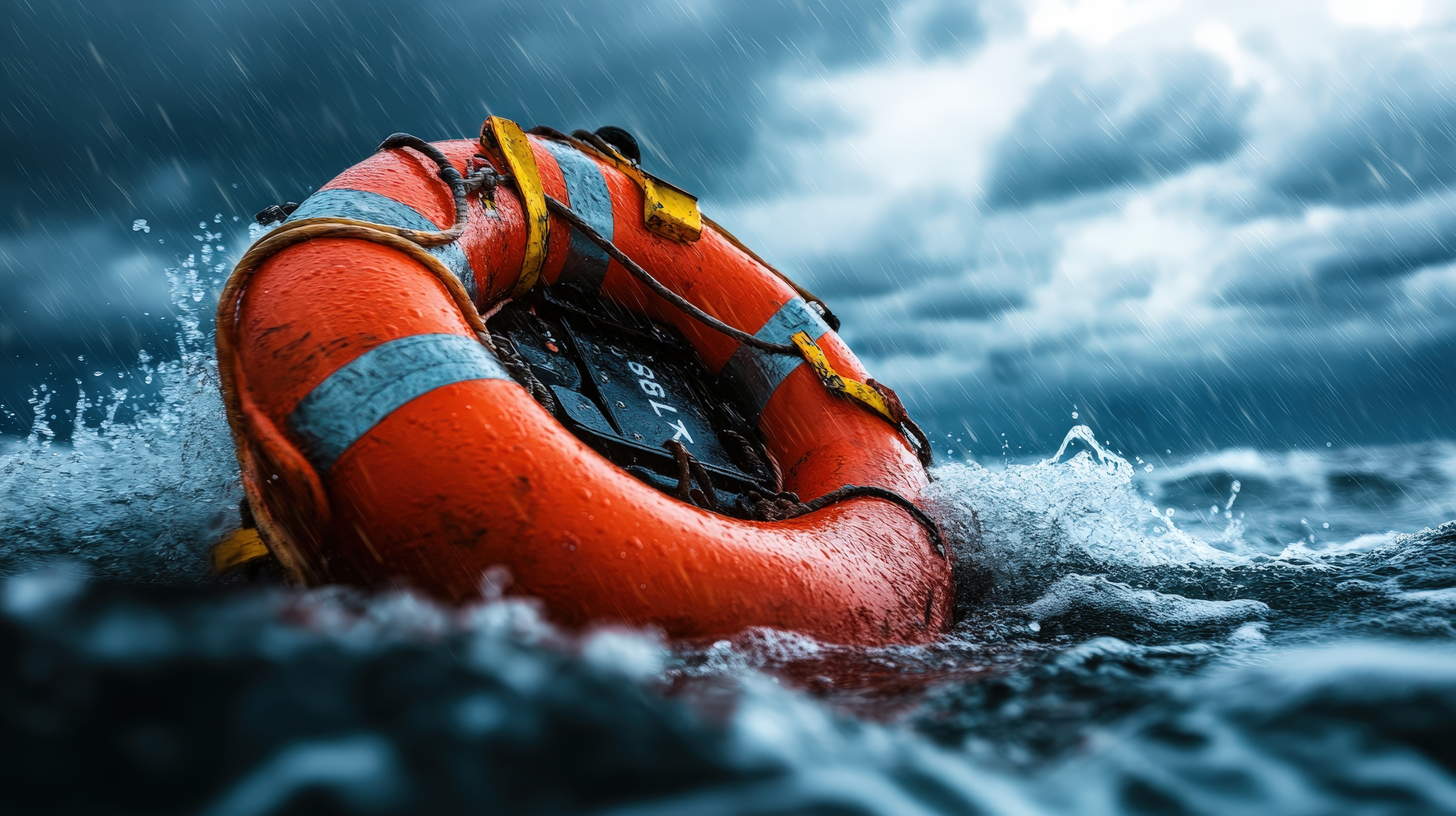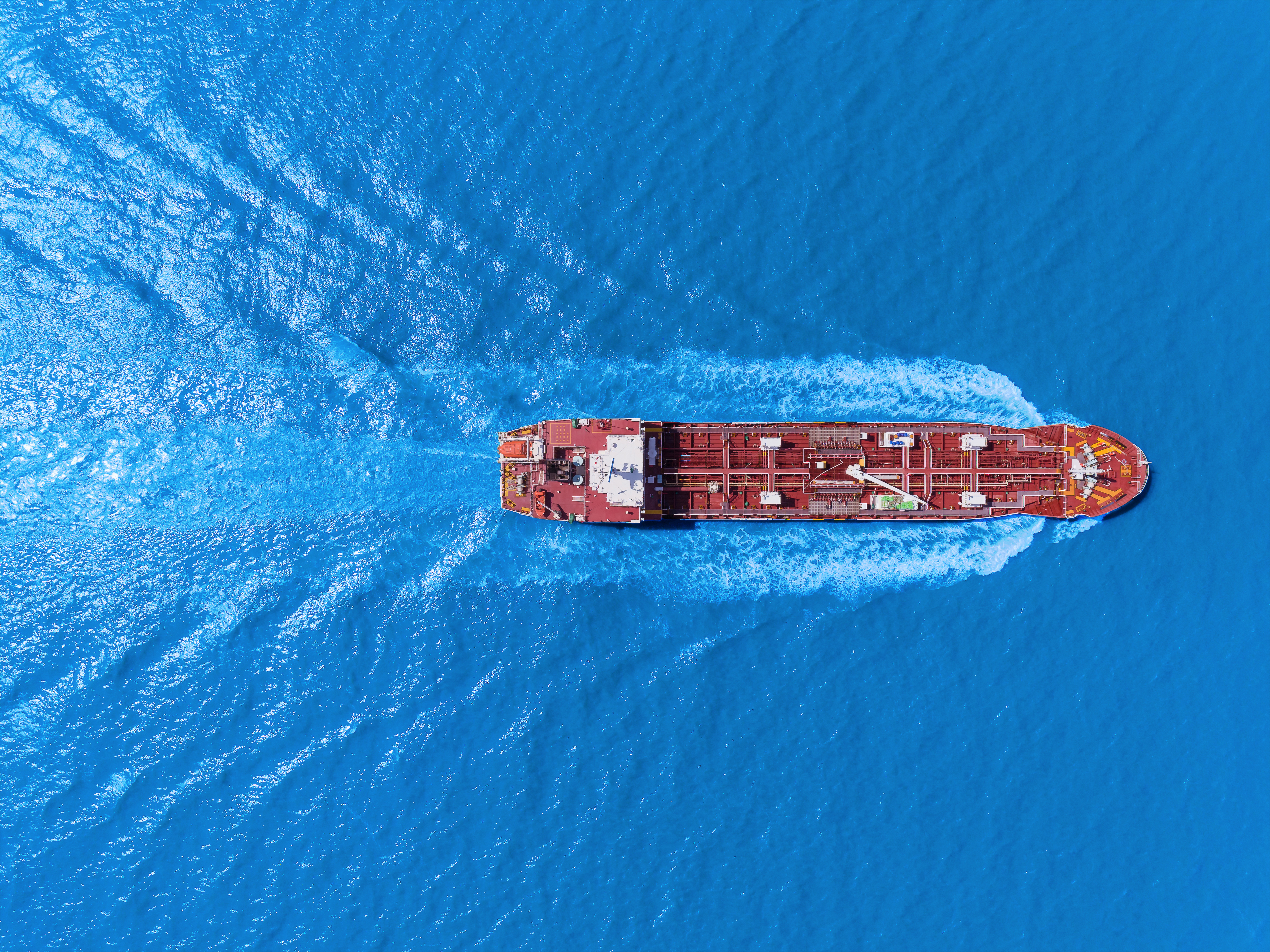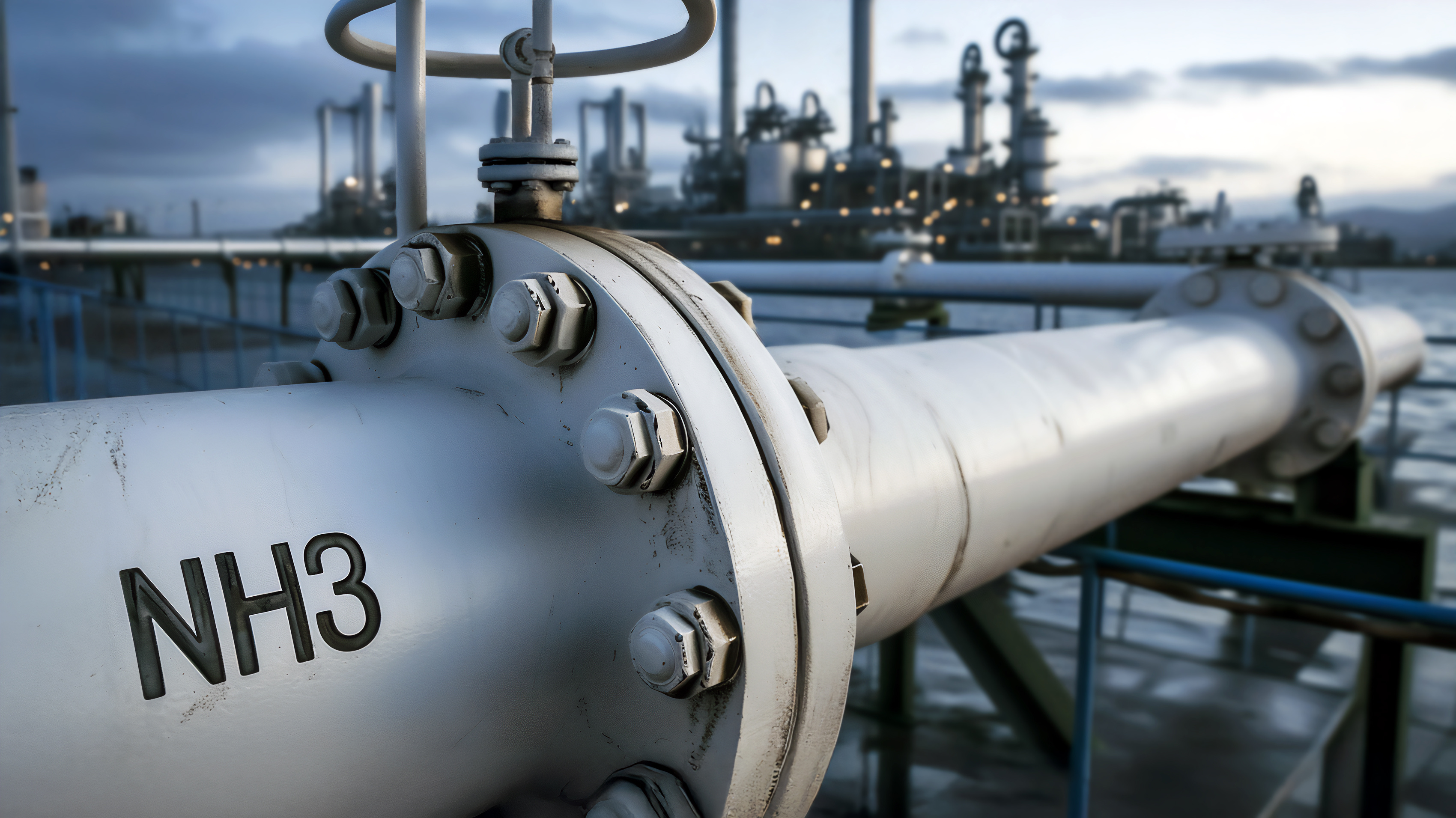
This article examines the global environmental protection regulations for the ocean, the efforts and trends of the shipping industry in relation to the dumping of damaged cargo at sea, and Japan's response to these issues.
Regulations for the disposal of waste materials
1. MARPOL
Ship’s disposal methods and other items concerning waste materials involving meals and other personal activities of crew members (domestic waste) as well as items used for the operation of a ship are stipulated in MARPOL 73/78. The official name is the International Convention for the Prevention of Marine Pollution for Ships, which was established in 1973, as modified by the Protocol of in 1978 relating thereto. The disposal methods are prescribed in Annex IV and its options (rules for the prevention of pollution by sewage from ships) and Annex V (rules for the prevention of pollution by garbage from ships). MARPOL 73/78 consists of the main text of the convention and six annexes.
The current rule concerning dumping waste materials from a ship into the sea became effective on March 1st 2018. This rule is the result of an amendment to Annex V (an amendment to the convention) at MEPC.277(70) (70th session of the Marine Environment Protection Committee) adopted on 28th October 2016. Japan’s Marine Pollution Prevention Act and its enforcement regulations were also amended to comply with the amendments to Annex V.
There are two main components of the amendments to Annex V that were approved at MEPC70:
1) The addition of standards to determine if bulk cargo other than grain is harmful to the marine environment.
2) The requirement for shippers to provide the captain of a ship with information about whether or not cargo is harmful to the marine environment.
(The operator of a ship is responsible for the disposal of waste materials that result from business activities when the ship is used for the pick up and delivery of any feedstock or finished products, or the transport of waste materials. Consequently, the company operating the ship becomes the party that discharges waste materials with regard to any cargo residues following the completion of the voyage.)
As a rule, the dumping into the sea waste materials on a ship is prohibited. However, this restriction does not apply to some of the waste materials that are certified as not harmful to the marine environment in accordance with Annex V (effective January 1, 2013) as amended in July 2011 by MEPC 201(62).
The amended Annex V covers the following waste materials: cargo residues, cleaning agents and additives in water used for cleaning, dunnage and lining materials, animal carcasses, all types of plastics, food waste, hot water used for cooking, fishing gear, domestic waste and other standard categories of waste materials. The amendment to Annex V added cargo residues and cleaning agents and additives in water used for cleaning to the covered waste materials and allows dumping overboard only the types of these materials not harmful to the marine environment at a distance of at least 12 nautical miles from shore.
2. London Dumping Convention
The dumping of waste materials originating on shore from a ship or other sources into the sea is restricted by the Convention on the Prevention of Marine Pollution by Dumping of Wastes and Other Matter 1972, which is commonly known as the ‘London Dumping Convention’.
This international convention, which was established on November 13, 1972 and entered into force on August 30, 1975, prevents marine pollution by restricting the dumping of waste materials originating on shore into the sea from a ship, marine structure or aircraft and restricts the incineration of waste materials at sea. Japan ratified the convention on October 15, 1980 and the convention became effective in Japan on November 15 of the same year.
On November 7, 1996, the 1972 London Dumping Convention was updated by the 1996 London Protocol (as amended 2006) with even stronger restrictions. The most significant change was the addition of a methodology called the “precautionary approach.” This approach is applicable in cases where there is a reason to believe that discarding waste material or some other substance in the sea could have a detrimental effect. Even if there is no clear proof concerning a relationship between the discarded material and detrimental effect, “appropriate defensive measures” are required. Furthermore, although the 1972 Convention allows discarding materials at sea under some conditions, the 1996 Protocol contains a list of materials that can never be discarded at sea. The full text of the Convention and the Protocol is available for those interested.
As of November 2018, 87 countries had approved the 1972 Convention and 51 countries had approved the 1996 Protocol, which has subsequently been amended three times. Both the 1996 Protocol and the amended version as of 2006 are in force. The United States has approved the Convention but has not yet approved the Protocol.
Dumping at sea of soiled or damaged cargo
1. Current status of disposal at sea of soiled or damaged cargo
There are no specific provisions in any conventions concerning the disposal of soiled or damaged cargo. A strict interpretation of the MARPOL Convention (and Japan’s Marine Pollution Prevention Act) and the London Dumping Convention (defined here as including both the Convention on the Prevention of Marine Pollution by Dumping of Wastes and Other Materials and the Japanese Waste Management and Public Cleansing Act) leads to the conclusion that a ship’s cargo is not domestic waste or waste material associated with the operation of the ship. These waste materials can be simply categorized as unnecessary items. As a result, under the Marine Pollution Prevention Act, ships cannot in principle dispose of these materials at sea.
If a ship’s cargo is dumped at sea based on the interpretation that the cargo is a waste material resulting from the operation of the ship, the MARPOL Convention and the Marine Pollution Prevention Act will be applicable. However, discarding at sea any waste materials on a ship is, in principle, prohibited. The only exception is some of the waste materials recognized as not harmful to the marine environment by MEPC62. On the other hand, Annex V of the amended MARPOL states that ships are allowed to dump cargo residues that are not harmful to the marine environment at a distance of at least 12 nautical miles from shore. As a result, decisions regarding the disposal of cargo residues apparently depend on the type of cargo. The standard for cargo residues that are not harmful to the marine environment is whether or not the cargo has ‘rapid toxicity, chronic toxicity or a long-term toxicity regarding health’. But the crews of ships are not currently required to obtain information about the nature of the cargo they are carrying. Consequently, more activities will be needed for the time being in order to establish a clear standard for cargo residues.
2. Proper measures for the dumping at sea of soiled or damaged cargo
When dumping in the sea, the cargo that has become soiled or damaged on the ship is not be possible, the only course of action is to offload the cargo on land. However, the Basel Convention basically restricts the import and export of waste materials. As a result, soiled or damaged cargo cannot be offloaded as a waste material. Furthermore, the London Dumping Convention prohibits ships and other modes of transportation from dumping at sea any waste materials that originated on shore. Consequently, in principle, the disposal at sea of soiled or damaged cargo is also not allowed.
For these reasons, there are apparently two options in Japan for the disposal of soiled or damaged cargo. First is offloading this cargo as a material with value (not as a waste material) and then discarding the cargo on shore. Second is disposal at sea due to an emergency caused by a major shipwreck /marine casualty. Dumping the cargo in the sea would require the approval of the Japanese Minister of the Environment pursuant to Article 10-2-6 of the Marine Pollution Prevention Act.
The conclusion is that waste materials must be processed in accordance with designated procedures based on a consensus reached by all government agencies and other parties involved with this matter.




